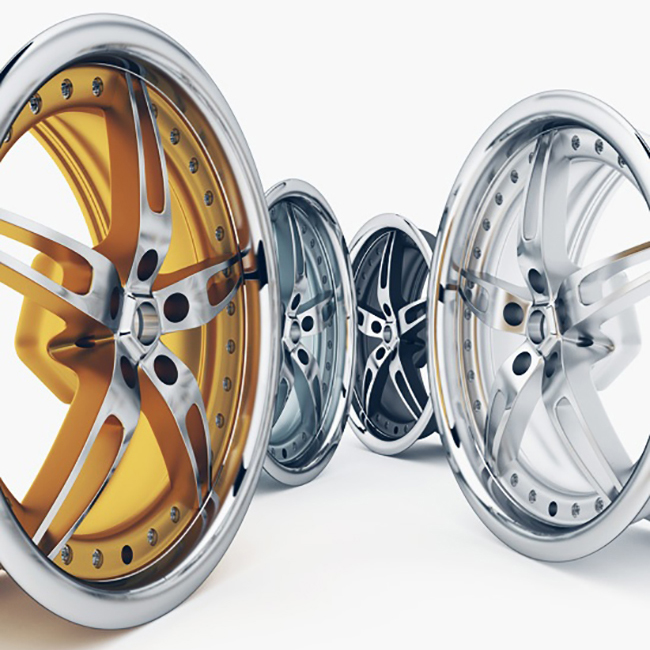crankshaft oil seal front
Understanding the Importance of the Crankshaft Oil Seal Front
The crankshaft oil seal front is a critical component in an internal combustion engine. It serves as a barrier to prevent engine oil from leaking out of the engine and ensures that the crankshaft does not allow any contaminants or dirt into the engine's interior. The functionality of this small yet vital part cannot be overstated, as it plays a crucial role in maintaining engine performance and ensuring the longevity of various engine components.
What is a Crankshaft Oil Seal?
The crankshaft oil seal, often made from materials such as rubber or silicone, is a circular seal that fits into the engine block. It is located at the front of the crankshaft, where it exits the engine and connects to the timing cover or front accessory drive pulleys. The primary purpose of the oil seal is to contain the engine oil within the crankcase and to prevent any oil from leaking out as the crankshaft rotates.
The Functionality
When the engine runs, the crankshaft spins rapidly, creating a high-pressure environment. The oil seal must withstand this pressure while maintaining a tight seal. If the seal fails, oil can leak out, leading to a variety of potential problems, including low oil levels, engine overheating, and ultimately severe damage to the engine components. Moreover, a compromised seal can allow dirt and debris to enter the engine, leading to increased wear and tear on critical engine parts.
The crankshaft oil seal is designed to handle not only the pressure from the engine oil but also the temperature variations that occur during engine operation
. It must remain flexible enough to maintain its sealing capabilities despite constant exposure to heat and mechanical stress.Signs of a Failing Crankshaft Oil Seal
crankshaft oil seal front

As with any mechanical component, the crankshaft oil seal can wear out over time. Early signs of failure include
1. Oil Leaks The most obvious sign is an oil leak, which may appear around the front of the engine. This could lead to puddles of oil forming under the vehicle when parked. 2. Oil Contamination If you notice any dirt or debris mixed with your engine oil, it could be a sign that contaminants are entering through a failing oil seal. 3. Increased Engine Noise A compromised seal may lead to oil starvation in key engine components, which can result in increased noise due to insufficient lubrication.
4. Warnings on Dashboard Modern vehicles often have oil level sensors that will trigger warnings on the dashboard if there is a significant drop in oil levels due to leaks.
Replacement of the Crankshaft Oil Seal
When the crankshaft oil seal begins to fail, it is essential to address the issue promptly to prevent further engine damage. The replacement of the oil seal typically involves removing the crankshaft pulley and possibly the timing cover, depending on the vehicle design. It is important to ensure that the replacement seal is of high quality, as a substandard seal may lead to premature failure.
Mechanics often recommend replacing the oil seal whenever the timing cover or crankshaft pulley is removed to eliminate the risk of future leaks. Regular inspection during routine maintenance can also help in identifying wear before it leads to larger problems.
Conclusion
The crankshaft oil seal front may be small, but its role in the overall functioning of an internal combustion engine is significant. It prevents oil leaks, reduces contamination, and aids in maintaining the proper operation and efficiency of the engine. Neglecting the state of this component could lead to severe engine issues or even total engine failure. Regular vehicle maintenance and attention to warning signs can help ensure that the crankshaft oil seal remains in good condition, contributing to the engine's longevity and performance. By understanding the importance of this vital component, car owners can take proactive steps in maintaining their vehicles and ensuring they run smoothly for years to come.
-
Understanding the Front Main Engine Seal: Purpose, Maintenance, and Installation
News Jul.29,2025
-
Understanding O-Rings and Seal Rings: Types, Applications, and Custom Solutions
News Jul.29,2025
-
Understanding Crankshaft Oil Seals: Rear Seals, Pulley Seals, and Their Role in Engine Integrity
News Jul.29,2025
-
The Importance of Front and Rear Crankshaft Seals in Engine Performance and Oil Management
News Jul.29,2025
-
Crank Oil Seals: Functions, Types, and Cost Considerations in Engine Maintenance
News Jul.29,2025
-
A Comprehensive Guide to O-Rings and Seals: Types, Materials, and Global Applications
News Jul.29,2025
-
Mastering Diesel and Performance Engine Maintenance: A Guide to Critical Oil Gaskets
News Jul.28,2025
Products categories















